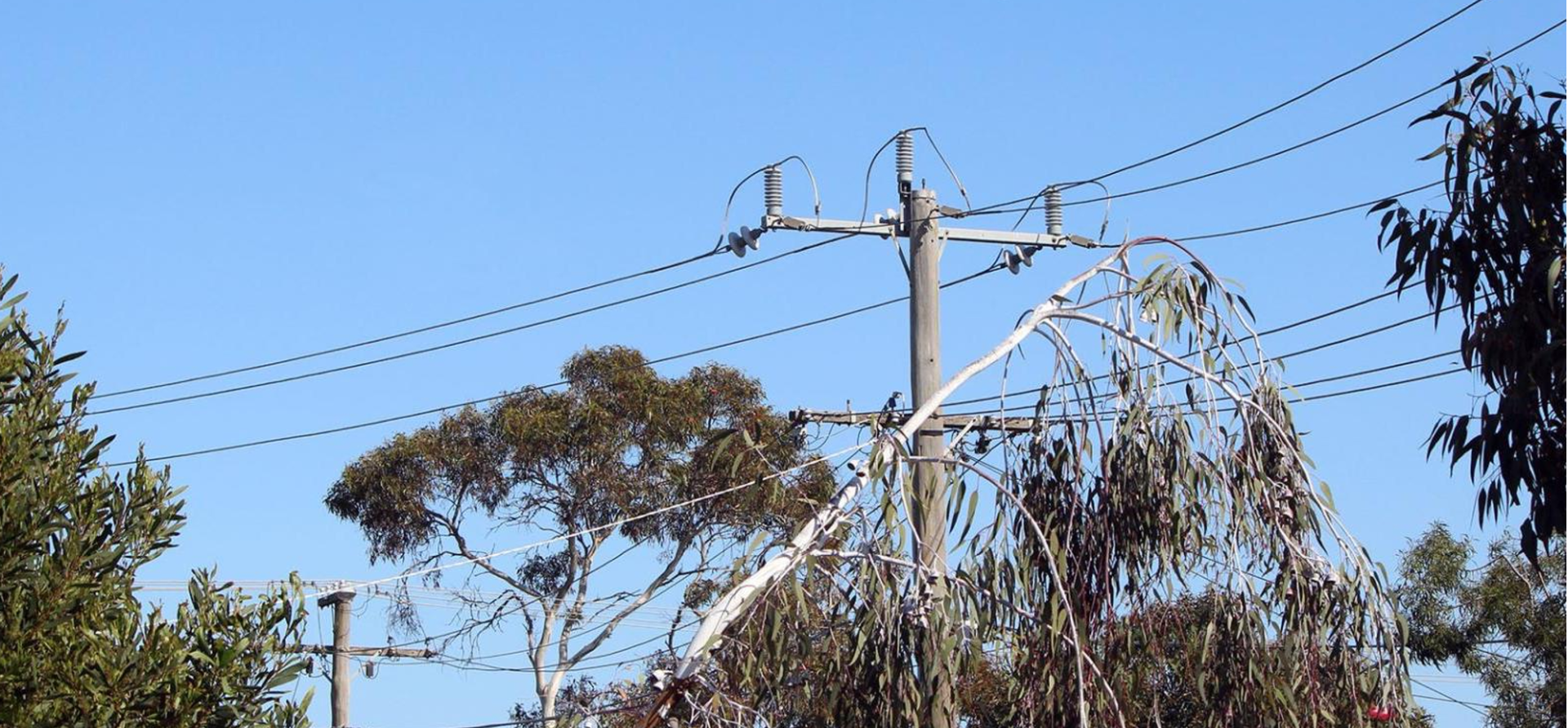Submission: Select Committee on Energy Planning and Regulation in Australia – Institutional structures, governance, regulation, functions, and operation of the Australian energy market – IEEFA

Institutional Structures, Governance, and Regulation of the Australian Energy Market
Date: 18 October 2024
To: Select Committee on Energy Planning and Regulation in Australia
Re: Institutional structures, governance, regulation, functions, and operation of the Australian energy market
Thank you for the opportunity for the Institute for Energy Economics and Financial Analysis (IEEFA) to provide input to the Select Committee on Energy Planning and Regulation in Australia regarding the institutional structures, governance, regulation, functions, and operation of the Australian energy market. IEEFA is an independent energy finance think tank that examines issues related to energy markets, trends, and policies. The Institute’s mission is to accelerate the transition to a diverse, sustainable, and profitable energy economy.
IEEFA’s recommendations on energy planning and regulation, and related matters, are summarized below.
1. Network Profits
- IEEFA has found that gas and electricity networks have received persistent supernormal profits over 2014 to 2022. To bring network profits to reasonable levels, rule changes and process changes should be undertaken, and increased transparency and monitoring of network profits are required.
2. Household Electrification
- Efficient electric appliances offer the lowest-cost energy solution for households. Therefore, household electrification is expected to accelerate. Given the trend towards electrification and the fact that residential customers account for more than 80% of regulated gas distribution network revenue, a poorly managed phase-out could result in consumers bearing the cost of stranded gas distribution assets. Energy market governance needs to enable a managed, equitable phase-down of gas distribution networks. A federal government-led managed gas phase-down plan would provide certainty and direction.
3. Distributed Energy Resources (DER)
- Distributed energy resources (DER) could deliver $19 billion in economic benefits to Australia by 2040, but action is needed to realize this economic opportunity. Economic regulation needs to be adjusted to suit a DER-rich world. An independent body should be set up to develop DER technical standards. The Australian Energy Market Operator (AEMO) should increase the focus on the demand side and DER in its modeling – IEEFA notes that the Integrated System Plan (ISP) review outcomes should help towards this. More focus is needed on the demand side and DER from all energy market bodies and in the rules and regulations.
4. Renewables and Storage
- Renewables with storage and transmission is the lowest-cost pathway for Australia, and the Capacity Investment Scheme (CIS) is set to play a key role in the renewables scale-up. However, minor adjustments to the CIS design could help ensure its success and speed in bringing in a large amount of renewables and storage capacity. The Orderly Exit Management Framework (OEMF) risks delaying the exit of coal and pushing up electricity system costs for consumers. Further, introducing nuclear in Australia also poses a major risk to the cost of living – IEEFA research shows that nuclear in Australia would raise household power bills. Increasing reliance on gas-powered generation while waiting for nuclear to come online would also raise wholesale power costs as gas is one of the highest-cost forms of electricity generation in the National Electricity Market (NEM).
Kind regards,
Johanna Bowyer, Lead Analyst, Australian Electricity, IEEFA
Jay Gordon, Energy Finance Analyst, Australian Electricity, IEEFA
SDGs, Targets, and Indicators
1. Which SDGs are addressed or connected to the issues highlighted in the article?
- SDG 7: Affordable and Clean Energy
- SDG 9: Industry, Innovation, and Infrastructure
- SDG 11: Sustainable Cities and Communities
- SDG 13: Climate Action
2. What specific targets under those SDGs can be identified based on the article’s content?
- SDG 7.2: Increase substantially the share of renewable energy in the global energy mix
- SDG 9.1: Develop quality, reliable, sustainable, and resilient infrastructure
- SDG 9.4: Upgrade infrastructure and retrofit industries to make them sustainable
- SDG 11.6: Reduce the adverse per capita environmental impact of cities
- SDG 13.2: Integrate climate change measures into national policies, strategies, and planning
3. Are there any indicators mentioned or implied in the article that can be used to measure progress towards the identified targets?
- Indicator 7.2.1: Renewable energy share in the total final energy consumption
- Indicator 9.1.1: Proportion of the rural population who live within 2 km of an all-season road
- Indicator 9.4.1: CO2 emissions per unit of value added
- Indicator 11.6.1: Proportion of urban solid waste regularly collected and with adequate final discharge
- Indicator 13.2.1: Number of countries that have communicated the strengthening of institutional, systemic, and individual capacity-building to implement adaptation, mitigation, and technology transfer
SDGs, Targets, and Indicators
| SDGs | Targets | Indicators | |
|---|---|---|---|
| SDG 7: Affordable and Clean Energy | Increase substantially the share of renewable energy in the global energy mix | Indicator 7.2.1: Renewable energy share in the total final energy consumption | |
| SDG 9: Industry, Innovation, and Infrastructure | Develop quality, reliable, sustainable, and resilient infrastructure | Indicator 9.1.1: Proportion of the rural population who live within 2 km of an all-season road | Indicator 9.4.1: CO2 emissions per unit of value added |
| SDG 11: Sustainable Cities and Communities | Reduce the adverse per capita environmental impact of cities | Indicator 11.6.1: Proportion of urban solid waste regularly collected and with adequate final discharge | |
| SDG 13: Climate Action | Integrate climate change measures into national policies, strategies, and planning | Indicator 13.2.1: Number of countries that have communicated the strengthening of institutional, systemic, and individual capacity-building to implement adaptation, mitigation, and technology transfer |
Source: ieefa.org








